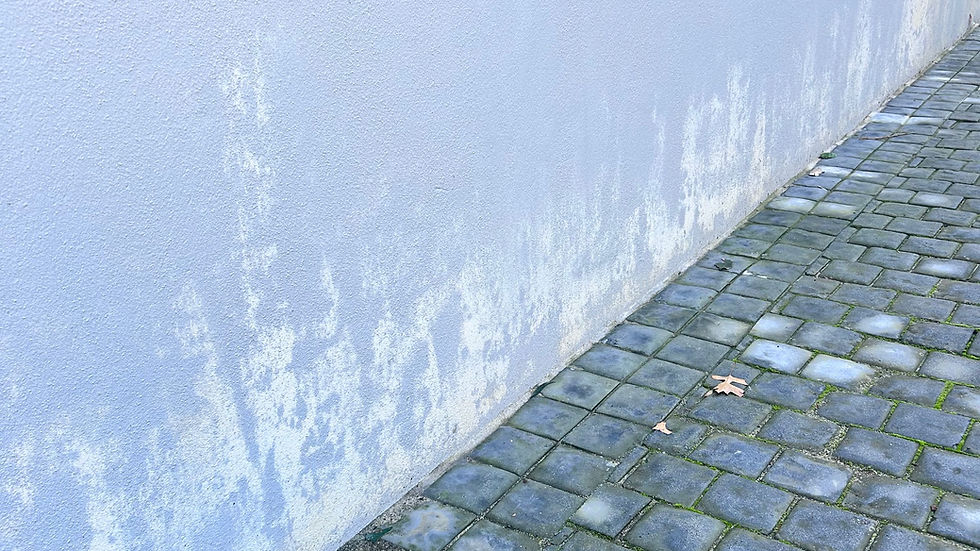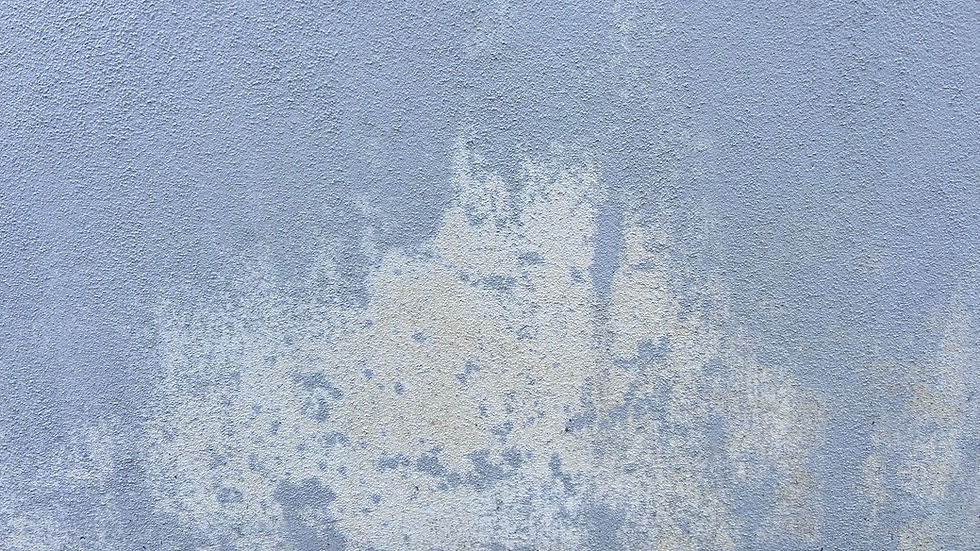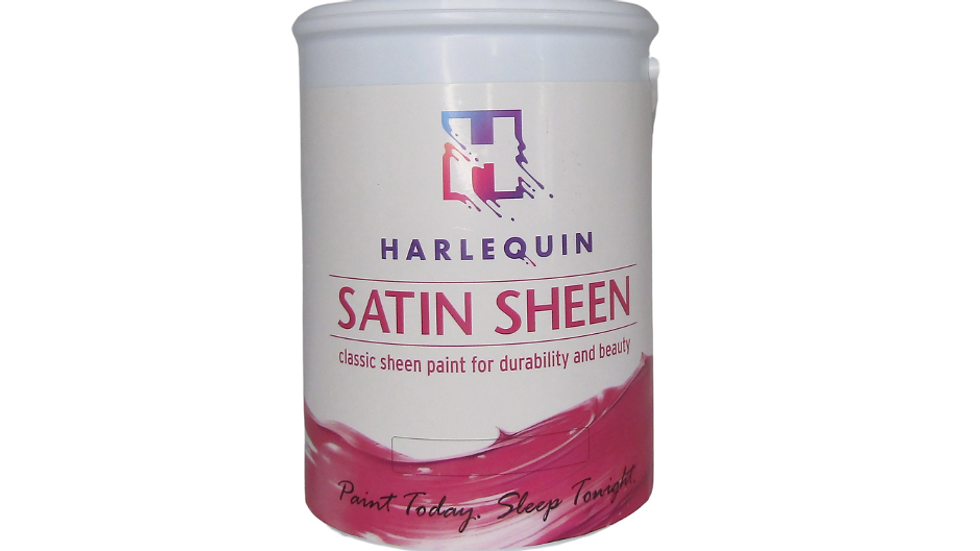Why Is My Exterior Paint Fading? Understanding the Causes and Solutions
- info0042020
- Jun 11
- 3 min read
Updated: Aug 11

Have your exterior walls lost their colour? Maybe they're looking chalky, patchy, or even bleached in spots? You’re not imagining it — and you’re not alone.
The Science Behind Fading Paint
“Why is my outside paint fading so fast?” This is one of the most searched homeowner problems in South Africa. And it’s one we know how to solve. Let’s break down the science behind washed-out paint — and how to prevent it.

1. The Sun Is Fading Your Paint
South Africa’s intense sunlight is beautiful — but brutal on paint. UV (ultraviolet) rays attack the pigments and break down the paint’s binder over time. The result? Fading, patchy areas, and that “bleached” look.
Areas in full sun fade faster than shaded ones — especially if the paint lacks UV stabilisers or pure acrylic resins.

2. Moisture Causes Chalking and Patchiness
If water seeps behind the paint film — from leaky gutters, unsealed plaster, or damp rising up from the ground — it weakens the coating. The binder can break down, leaving behind a powdery chalk residue. This makes paint appear dull, uneven, and almost dusty to the touch. You will usually see this around the base of walls, window sills, or spots where rain hits directly.
3. Alkali Burn: The Hidden Enemy
Fresh plaster and cement are highly alkaline. If you paint directly onto them without sealing properly, that alkaline residue (salts) can chemically react with the paint — causing it to fade or bleach rapidly.
This is where ARP (Alkali Resistant Primer) is essential. ARP primers create a barrier between the alkaline substrate and your topcoat, locking in salts and stopping colour fade, blistering, or peeling before it even starts. If you skip this step, even the best paint can’t save you.
4. Cheap Paint = Short-Term Results
Here’s the tough truth: cheap paint fades faster. Budget paints often use low-grade binders, weak pigments, and little to no UV protection. These break down quickly under South African weather conditions — especially if applied without a quality primer.
You may think you're saving money — but when you repaint in a year, the real cost shows up.
5. The Prep Matters Just As Much As the Paint
No exterior paint will last if the surface beneath it is unstable. Common problems include:
Unwashed walls with dust or efflorescence (salt)
Painting directly onto raw plaster or cement without primer
Skipping the ARP primer step altogether
For a long-lasting finish, start with a thorough clean, followed by a masonry primer, and always use an alkali-resistant primer on any cementitious or newly plastered wall.

How to Fix It — and Prevent It Happening Again
To keep your paint looking fresh and vibrant, follow these steps:
Use ARP Primer on all raw plaster and cement before painting.
Choose a pure acrylic, UV-stable exterior paint like Harlequin's Satin Sheen or Washable Matt.
Avoid painting during hot sun or heavy moisture.
Don’t skimp on prep — clean, prime, seal, and then paint.
Final Word: Fading Paint Isn’t Just Sun Damage
It’s often a sign that something was skipped — the wrong product, poor preparation, or no ARP primer. At Harlequin, we don’t just sell paint — we solve paint problems.
Need advice? Bring us a photo, a peeling paint sample, or just pop in for a chat. We'll help you paint it once — and paint it right.
Additional Tips for Maintaining Your Exterior Paint
Regular Inspections
Check your exterior walls regularly for signs of wear and tear. Look for peeling, cracking, or fading. Early detection can save you time and money.
Clean Your Walls
Dust, dirt, and grime can accumulate on your walls over time. Regularly clean them with a gentle detergent and water to maintain their appearance.
Choose the Right Time to Paint
Timing is crucial when it comes to painting. Avoid painting during extreme temperatures or high humidity. The best conditions are mild temperatures and low humidity.
Consider the Environment
If you live in a coastal area, consider using paint specifically designed to withstand salt and moisture. This can help prolong the life of your paint job.
Use Quality Tools
Invest in high-quality brushes and rollers. They can make a significant difference in the finish and longevity of your paint job.
Stay Informed
Keep up with the latest trends and products in the painting industry. New technologies and formulations can offer better protection and durability.
By following these tips, you can ensure that your exterior paint remains vibrant and intact for years to come. Remember, a well-maintained exterior not only enhances your home's curb appeal but also protects it from the elements.









Comments